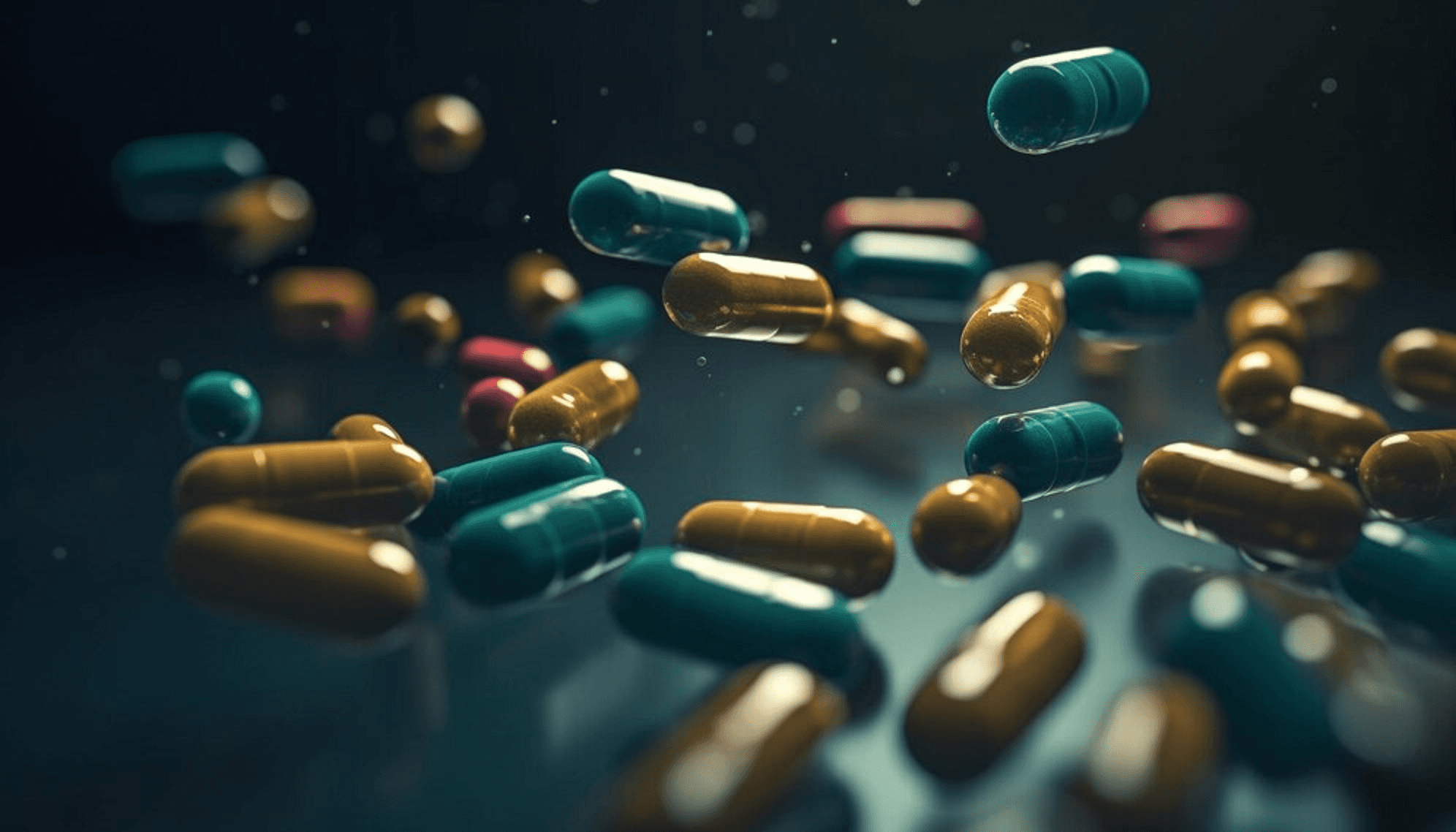
To answer basic safety questions, drugs are tested in the laboratory and on animals. Drugs are tested on people to ensure their safety and efficacy. FDA review teams extensively evaluate all of the provided data for the drug or device before deciding whether or not to approve it.

Preclinical and Discovery Research
The trip starts with a lot of investigation and learning. To find possible molecules that could develop into effective medications, scientists investigate a wide range of chemical substances and carry out meticulous laboratory tests.
Preclinical research entails detailed examinations of cell cultures and animal models for pharmacodynamics, toxicity, and safety evaluations. The goal of this stage is to determine which candidates are most likely to benefit from additional development.
Investigational New Drug (IND) Application
Researchers prepare and submit an Investigational New Drug (IND) application to regulatory regulators in response to encouraging preclinical results. This application contains extensive preclinical study data that describes the safety characteristics of the medicine, possible plans for clinical trials, and preliminary manufacturing procedures. Regulatory agencies carefully examine this information to determine whether the suggested clinical studies meet ethical and scientific standards.
Medical Studies
Investigational drugs go through several clinical trials and post-marketing approval before it's released to the public. These phases include:
Phase I: A small number of healthy volunteers get the investigational medication at this first stage. Assessing the drug's safety, figuring out the right dosages, learning about pharmacokinetics, and keeping an eye out for any early side effects are the main priorities.
Phase II: Phase II studies expand to a broader population of people with the targeted ailment with the intention of assessing safety in greater detail and starting to evaluate the drug's efficacy. Important information about the drug's biological effects, ideal dosages, and possible hazards is provided by these trials.
Phase III: The medication is rigorously tested in a much broader population during this crucial stage. Gathering detailed information about safety, effectiveness, and possible adverse effects in comparison to current treatments is the main goal. Frequently, these trials are controlled, randomized experiments intended to produce strong data for regulatory submission.
Submission of New Drug Application (NDA)
Researchers gather all pertinent information into a New Drug Application (NDA) or a Biologics Licence Application (BLA) following the successful conclusion of Phase III trials. Preclinical and clinical study data, manufacturing specifications, suggested labeling, and thorough risk-benefit evaluations are all included in this comprehensive submission. Before approving it, regulatory bodies carefully examine this dossier.
Regulatory Examination and Acceptance
Regulatory agencies thoroughly assess the data that has been supplied as part of the regulatory assessment procedure. The evidence for safety, effectiveness, manufacturing procedures, labeling, and risk-benefit analyses is carefully examined by experts. The medicine is approved for marketing and distribution if this examination determines that it is safe and effective.
After-Market Monitoring
The process carries on with Phase IV trials and post-market surveillance even after approval. These programmes track the medication's effectiveness in the actual world, its long-term impacts, and any negative side effects. Programmes for pharmacovigilance gather information on a drug's safety profile in a range of patient populations, guaranteeing that possible risks are continuously assessed and managed.
The lengthy and demanding process of approving a drug development involves several steps that together guarantee that prospective medications fulfill strict standards for quality, safety, and efficacy.

